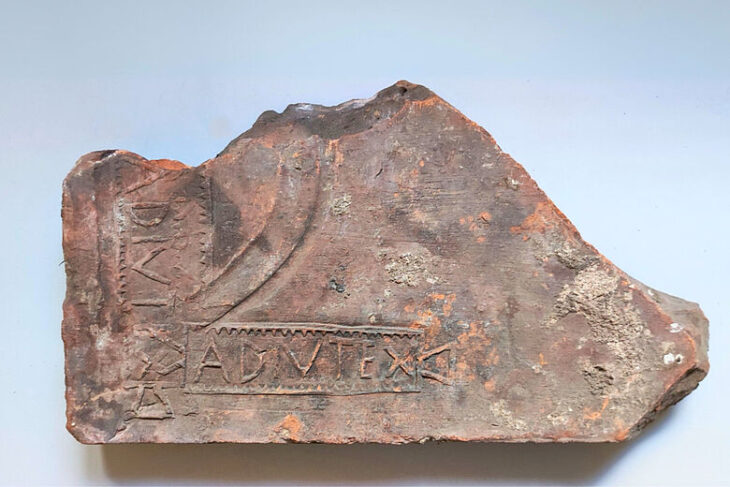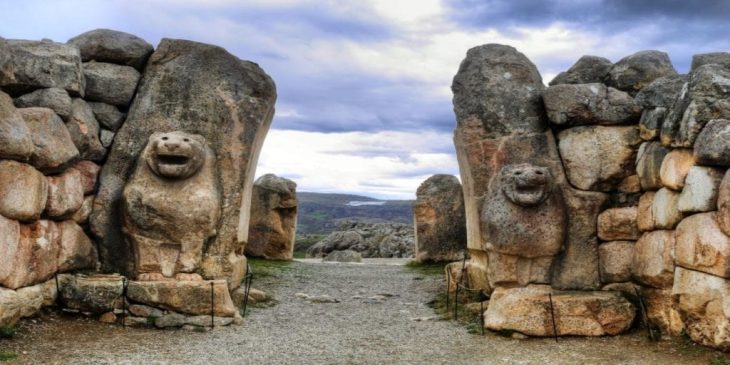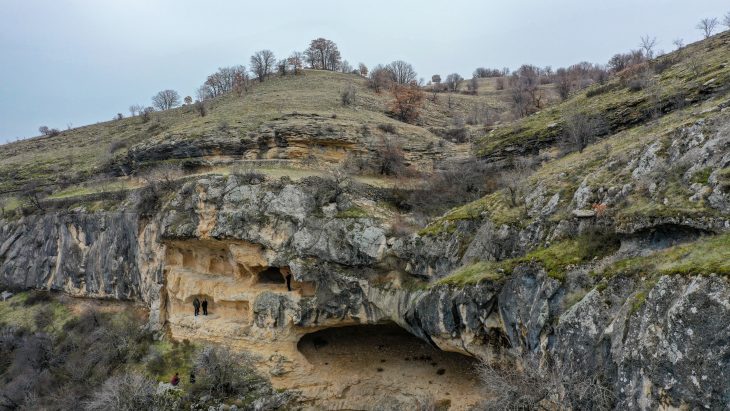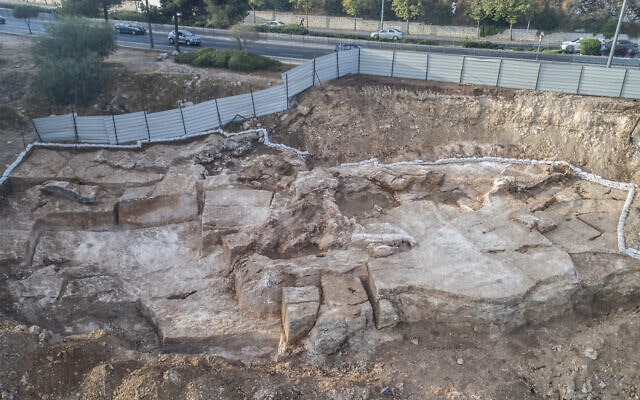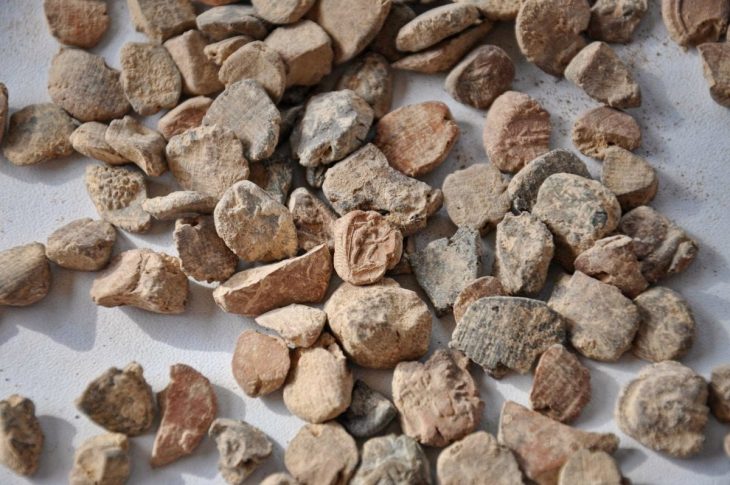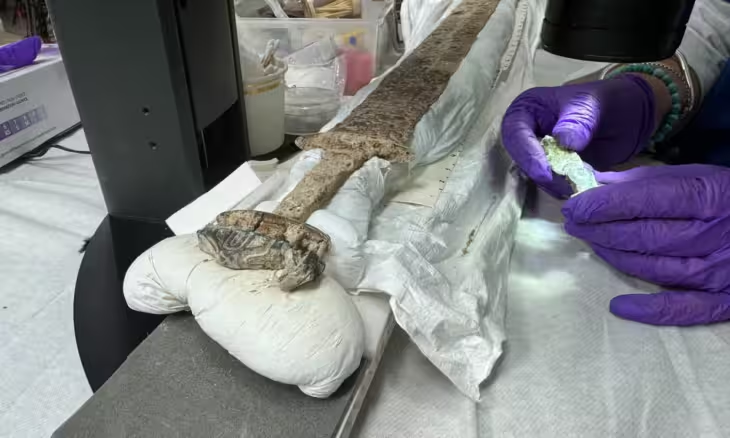National Tsing Hua University archaeologists in Taiwan have discovered a snake-shaped pottery handle dating back approximately 4000 years. Researchers uncovered the find at a sand dune site on the island’s northwest coast, located within the Guanyin District in western Taoyuan City.
Crafted in the shape of a cobra with its upper body raised and hood flattened ready to strike, this item may have served as a type of handle for a larger item, such as a vessel or ceremonial jar.
The figure is characterized by its raised head with an open mouth and swollen folds on the neck, which are important features of a cobra snake.
The snake artifact find was initially publicized on a Facebook page to post-university archaeology news. A post on the page called it an “important” discovery in Taoyuan City.
The researchers determined the age of the snake-shaped artifact using radiocarbon dating techniques, noting that it was approximately 4,000 years old.

Snakes are animals that have strong symbolic meanings in mythology, religion, and literature. In ancient societies, snake shedding was observed to symbolize transitions between life and death, reproduction, or change. Many ancient communities in East Asia and other parts of the world share a common symbolism in the form of snakes.
“This 4,000-year-old ‘snake-shaped pottery handle’… has a vivid figure, like a cobra, with its head raised and the skin folds of its head and neck bulging. We believe this incomplete artifact may have been pottery used for ritual purposes,” Chiu said.
This snake-shaped clay piece could be interpreted as a ceremonial instrument used by ancient tribe shamans to perform rituals, illustrating how animal imagery was incorporated into ceremonial instruments in ancient societies, shaping their belief systems and knowledge.
Also, numerous prehistoric archeological artifacts from Taiwan have been discovered at the coastal location. Among them is a recently found area of extensive stone tool processing, according to Hung-Lin Chiu, an associate professor at Tsing Hua’s Institute of Anthropology. In this region, several stone flakes and cores have been discovered.



